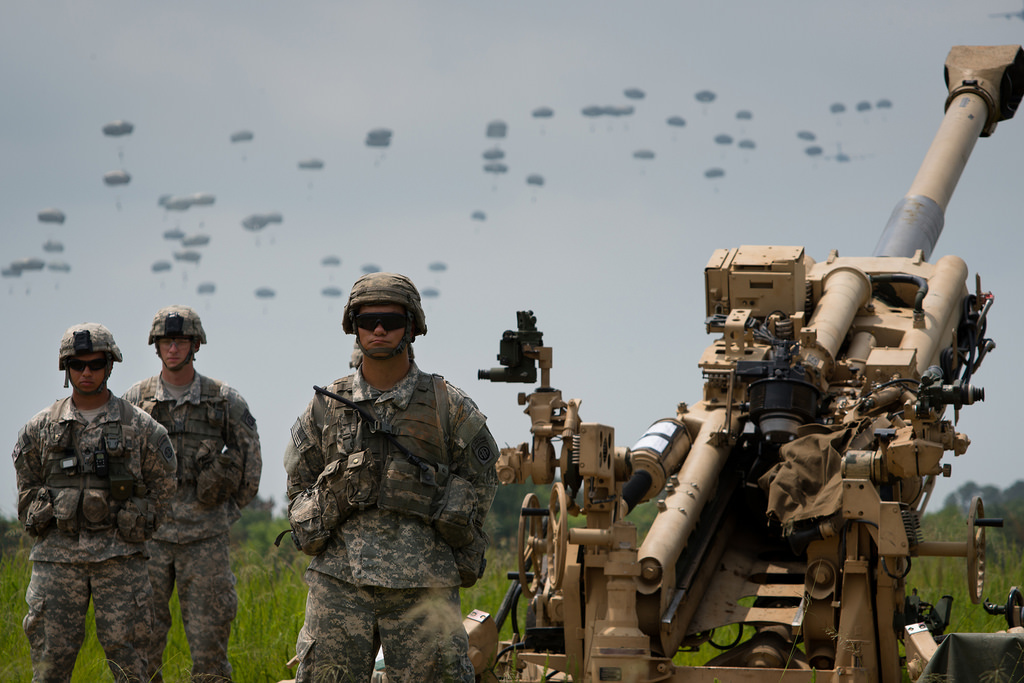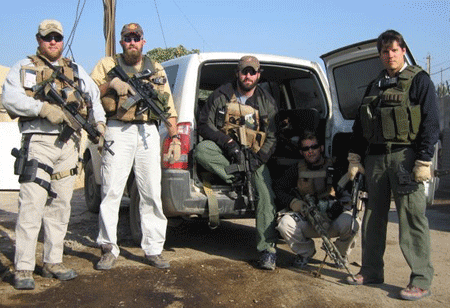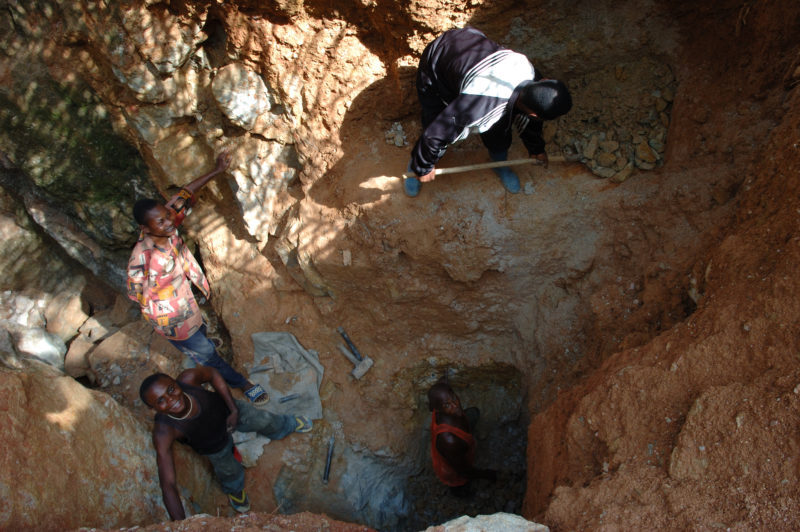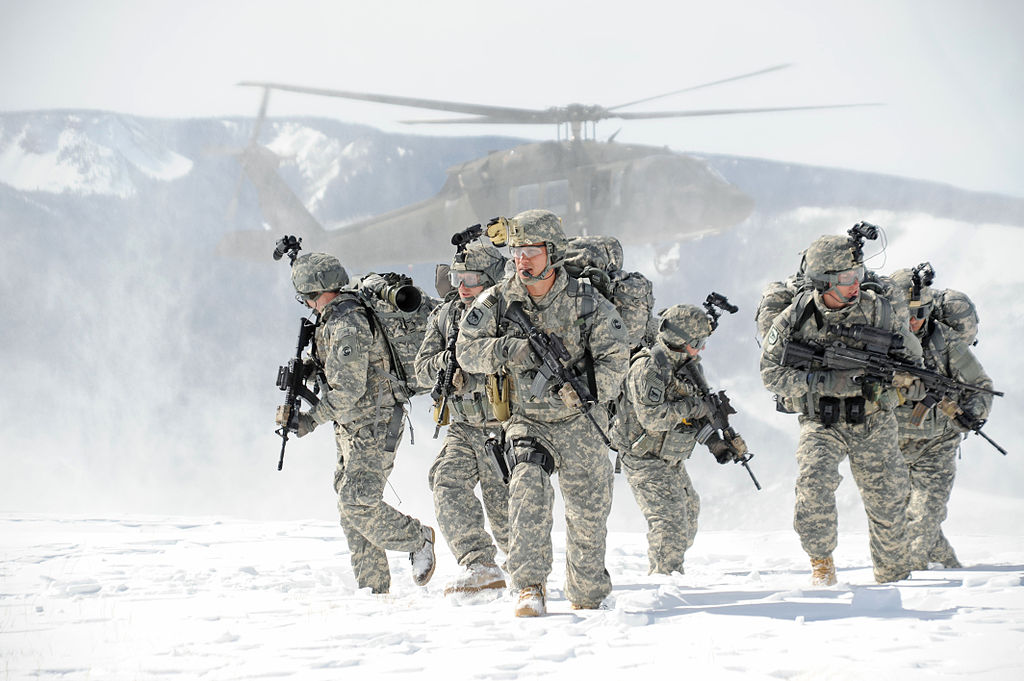President-elect Donald Trump has made many statements about NATO saying the organization is “obsolete” and claiming that most members are free riders. He states that the USA will not stand with allies until member countries start paying their fair share. Only five NATO members (USA, UK, Estonia, Poland, and Greece) out of 28 countries spend 2% or more of their GDP on defence. The United States currently spends 3.61% of its GDP on defence, which accounts for roughly 72% of the entire NATO budget in 2015, up from 63% in 2001. As a result, European countries rely heavily on American military support, generally exercising soft power by using aid, diplomacy, and culture. American defence spending has allowed many European countries to decrease their defence budget to around 1% of their GDP affecting the Europe’s ability to act militarily in conflict stricken areas like Iraq and Syria, as well as Ukraine.
Another factor that has impeded Europe from having a larger impact is the aggressive military action taken by Russia. Russia’s ruthless bombing campaign, working with the brutality of Iran and the Syrian regime, has unfortunately been more effective than the West’s actions in Syria. EU Council President Donald Tusk acknowledged this truth claiming “Unfortunately, I know who is effective enough, not in humanitarian assistance, but in bombings.” Russia has even conducted domestic threats in Europe by annexing Crimea in Ukraine, as well as transporting nuclear-capable missiles to the Baltic outpost of Kaliningrad causing the Baltics to be nervous about Russian action. France’s military Chief Pierre Villiers has made statements claiming that “peace is not given, we have to conquer it” ultimately calling for more money in order to upgrade equipment and nuclear arsenals.
In 2012, President Barack Obama made a decision to direct American naval strength towards Asia. It is expected by 2020 that 60% of the United States naval power will be deployed in the Pacific. China has become such a major power in the region that the United States is losing its influence in the Pacific. As of 2008, for the first time Asia’s military budget (£173 billion) exceeded Europe’s (£144 billion) and the gap is expected to continue widening. China’s actions in the South China Sea of building artificial islands used for an expanding military presence have also caused great concern for the United States. This not only threatens the United States naval hegemony, but also threatens American allies in the region such as Vietnam, Philippines, Japan, Malaysia, Taiwan, and Brunei, which have all dealt with China consistently encroaching in their waters.
The combination of Trump’s comments about NATO, Putin’s aggressive military actions in Syria and Ukraine, and most of the United States navy pivoting towards the Pacific, leaves Europe in a tougher spot. Being in a position where a superpower ally is beginning to lean away and having a volatile neighbour in Russia is worrisome, particularly to Eastern European countries. The security dilemma leaves Europe with little choice but to take greater action to harden its defences, to strengthen its security and it has started to do exactly that.
In April 2016, the UK announced that the defence budget is expected to increase for the first time in 6 years. However, the UK’s defence spending has consistently hovered just above 2% of its GDP, reaching the NATO member defence budget requirement. Some Eastern European countries (particularly in the Baltics) are expected to increase defence spending in response to the annexation of Crimea. In 2014, Latvia and Lithuania made an agreement to increase military spending to reach NATO’s requirement of 2% of their GDP spent on defence by 2018.
While Europe finds itself in uncertain times, small vulnerable nations in the Baltics have shown initiative by increasing defence spending as they are in close proximity to a potentially imminent threat. This may start a trend toward European countries contributing the required 2% of their GDP to NATO.
Photo: 82nd Airborne Division Training European Soldiers (2015), by 7th Army Training Command via Flickr. Licensed by CC by 2.0.
Disclaimer: Any views or opinions expressed in articles are solely those of the authors and do not necessarily represent the views of the NATO Association of Canada.




